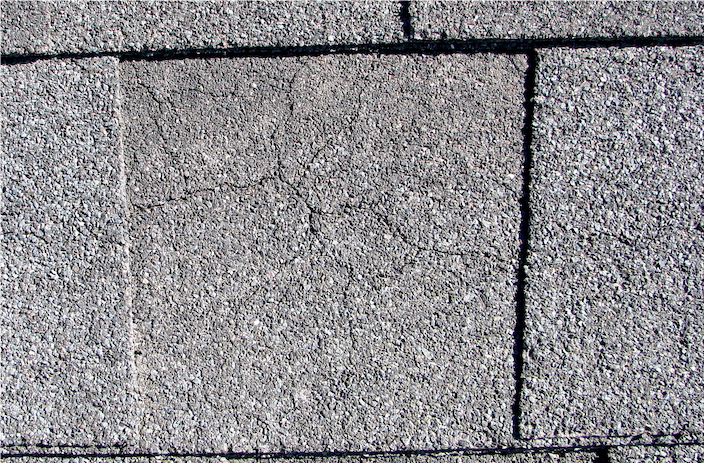One of the most important parts of your roofing system
Underlayment is the waterproof material that is installed on your roof deck and below your shingles. Some people think that underlayment is only installed to keep the roof watertight until the shingles are installed. In reality, underlayment serves three main purposes. It adds to your fire rating, provides backup protection in the case of blow offs or torn shingles, and prevents moisture backup from causing leaks. By understanding the uses and installation requirements of underlayment, you can be sure to avoid unnecessary issues in the future.
Prevent Leaks
Another threat to your home and roof is thwarted when shingles blow or tear off, and the underlayment can provide temporary protection from rain. Often times, when the wind is strong enough to blow shingles off, it is raining too. If underlayment didn’t provide this protection, a small repair could be a much larger problem, with water damage to the roof deck and home below.
Ice & Water Shield
Ice & Water shield underlayment can be a very large topic to cover. Ice shield comes with a handful of specifications for installation. Ice & Water shield should go 24 “ inside the interior wall and reach to the outer edge of the drip metal. Some contractors only install a couple of inches to a foot inside the interior wall and overlap with the drip metal by only a couple of inches. This amount is counterproductive, as it will not protect your roof in the case of an ice dam. Ice & Water shield should be installed in all valleys. Stan’s Roofing & Siding also installs ice shield 36” up side walls and we lap it onto the back of flashing to make those problem areas more watertight.
If your roof has a pitch of 4/12 or lower (4 feet rise for every 12 feet run), it is required by law to install ice shield over the entire roof. Inspectors can literally come and force you to tear off all of your shingles and start over again if this requirement is ignored. I knew a large company that was forced to tear off 120,000 square feet of shingles, and this mistake ultimately put them out of business.
Underlayment may seem like an insignificant part of your overall roof, but having a basic understanding of what underlayment is and how it should be installed can help you to guard against unnecessary damages in the future.
Synthetic Felt Underlayment
Asphalt felt underlayment is generally not as strong as synthetic felt underlayment. This manufactured material is composed of woven and nonwoven polymers layered together to create a very strong, waterproof material. The plastic type materials in synthetic felt make it very tight and tough. There is no asphalt in synthetic felt, but it is very strong, and won’t disintegrate. It also will not typically blow off when you tear off old shingles.
Asphalt Felt Underlayment
So, what exactly is underlayment? You may hear us refer to it as felt underlayment or felt paper. This is the roofing terminology for what is essentially tar paper. Asphalt felt underlayment is composed of cellulose, an organic material, and asphalt. There are two varieties of asphalt felt: 15 lb or 30 lb. Obviously, 30 lb felt is twice as heavy and will last longer, but most roofing contractors install 15 lb felt. If you have a preference as to what strength of underlayment is used, you can talk to your contractor about what they usually install.
Decrease Fire Hazards
A nice benefit that underlayment offers is an increase to your overall fire rating on your roof. If you have a more hazardous wood shake or shingle being installed on your home, the right underlayment can bring your roof back up to a class A fire rating.
For all of the Roofing projects that we perform in Orland Park, Palos Park, Palos Heights, Tinley Park and many other neighborhoods we only use Synthetic Underlayments to ensure that we meet all manufacturer’s specifications and give you the longest warranties possible.
Subscribe to Stan's Roofing & Siding's Blog








Comments